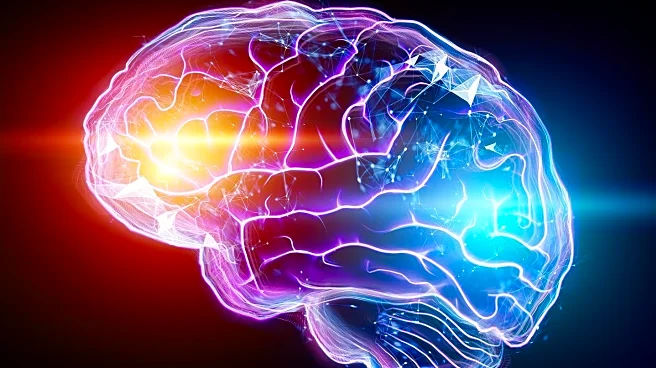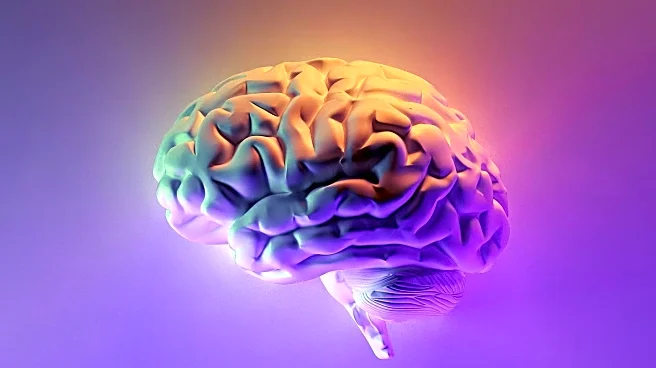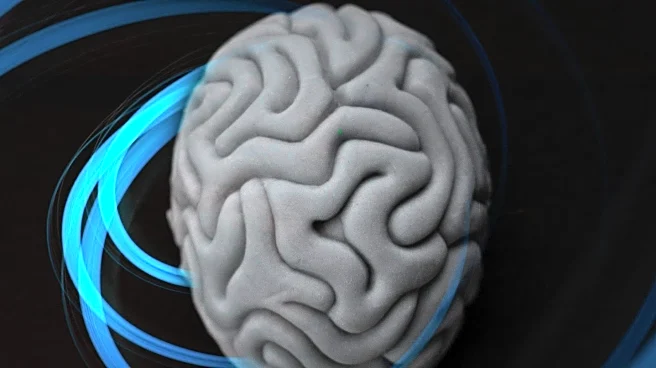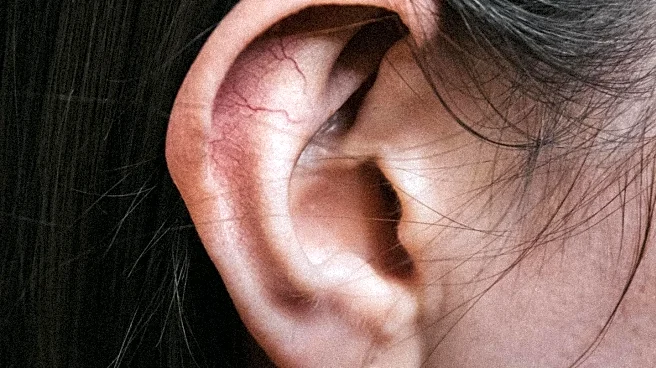What's Happening?
A large-scale study involving researchers from the University of Edinburgh, University of Melbourne, and Vrije University Amsterdam has explored the relationship between genetic risk for major depression (MD) and brain structure. The study analyzed data from 50,975 participants across 11 studies, using polygenic risk scores (PRS) to estimate genetic predisposition to MD. The findings revealed that higher PRS values correlated with smaller volumes and surface areas in specific brain regions, including the left medial orbitofrontal gyrus, hippocampus, thalamus, and pallidum. These structural differences were more pronounced in adults over 25 years old, suggesting a potential link between genetic risk and neurobiological changes associated with depression.
Why It's Important?
The study provides valuable insights into the neurogenetic factors contributing to major depression, highlighting specific brain structures that may be affected by genetic predisposition. Understanding these associations can inform the development of personalized therapeutic interventions targeting brain regions linked to depression. This research underscores the importance of integrating genetic and neuroimaging data to advance the understanding of psychiatric disorders and improve treatment strategies.
Beyond the Headlines
The study's findings emphasize the need for international collaboration in mental health research, as large-scale data analysis can significantly enhance the understanding of complex disorders like depression. The potential causal effects of smaller hippocampal volume on depression liability suggest avenues for early intervention in individuals at high genetic risk. This research could lead to more effective prevention strategies and personalized treatments that consider both genetic and neurobiological factors.











